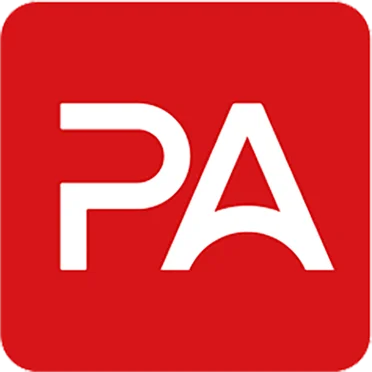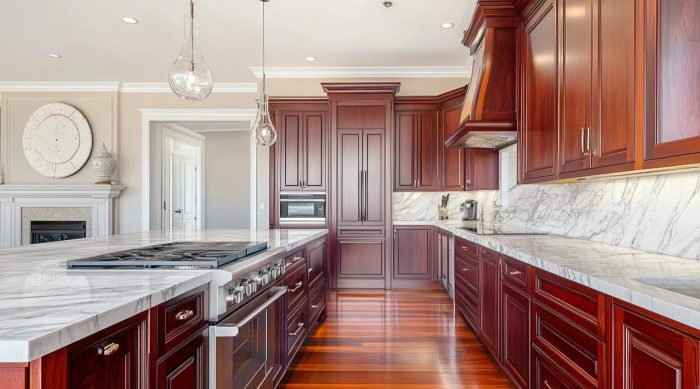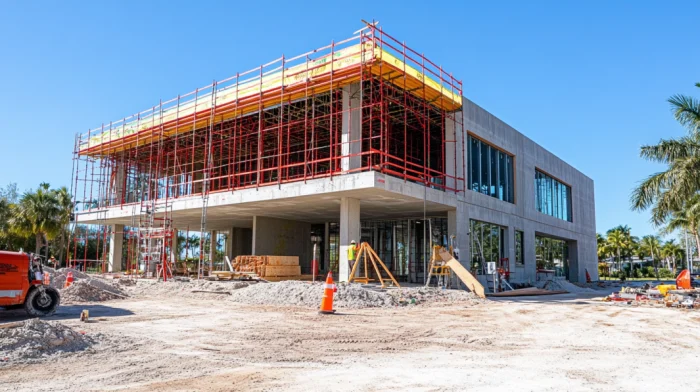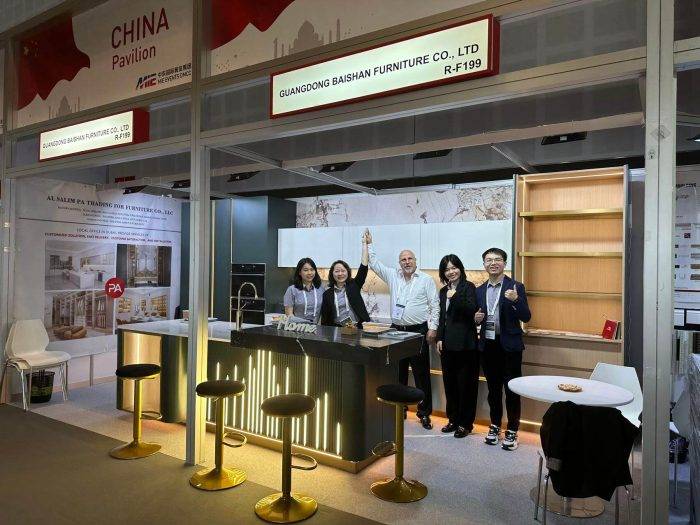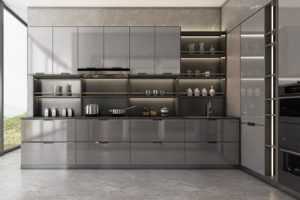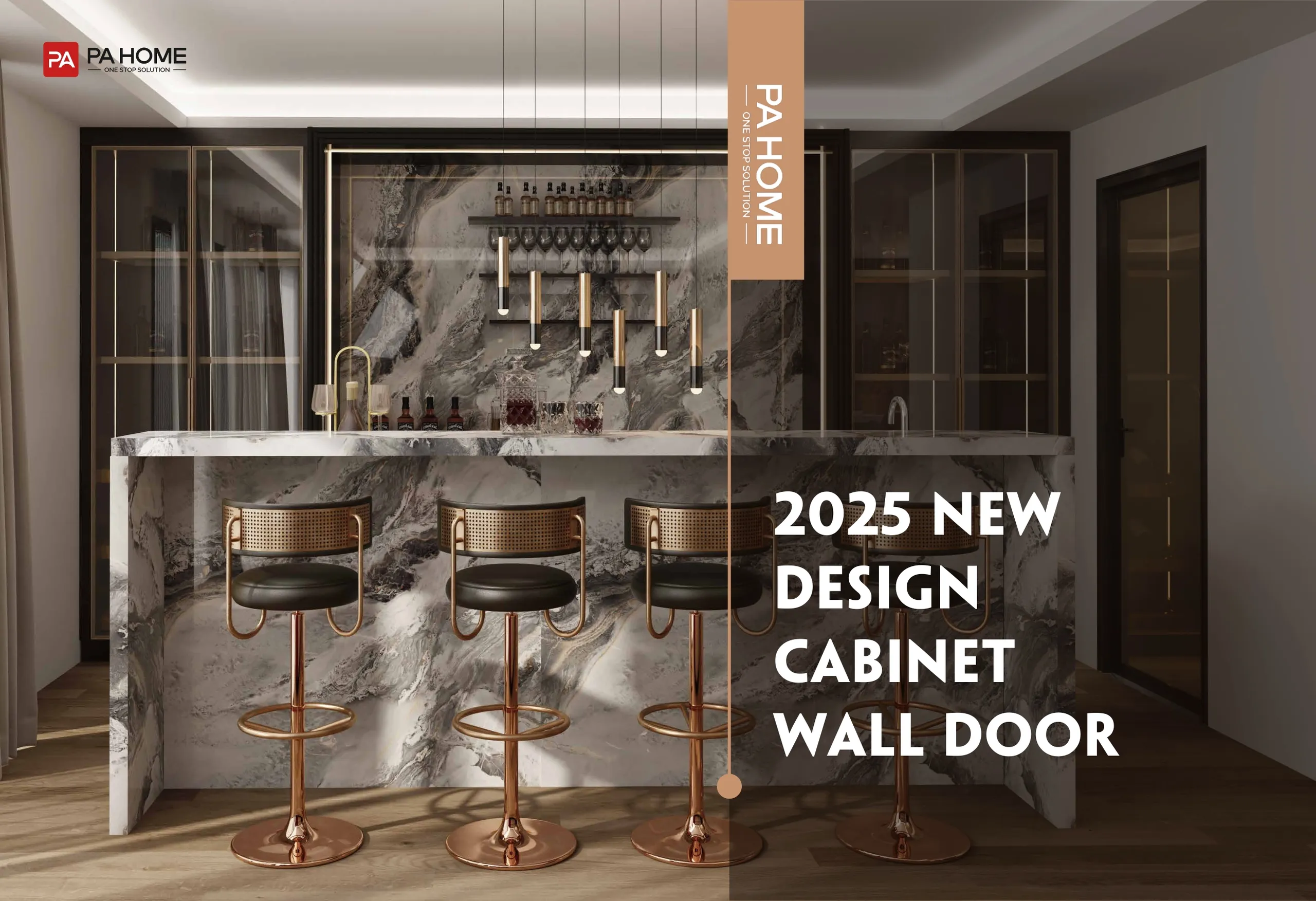Pine cabinets bring that cozy, rustic vibe without breaking the bank. But before you dive in, ask yourself: What grade should I pick? How much will it really cost? And, once installed, how do I keep them looking sharp? This guide answers those questions—and more—in clear, conversational steps.
What Makes Pine Cabinets an Economical Choice?
Ever wonder why pine cabinets cost less than oak or maple? According to HomeAdvisor, installed cabinet costs range from $100 to $1,200 per linear foot—stock pine runs at the low end ($100–$300) and even unfinished pine can start as low as $80 per linear foot.That price point makes pine a go‑to for budget‑minded homeowners who still want real wood, not particleboard. You’ll save hundreds—sometimes thousands—compared to hardwood options.
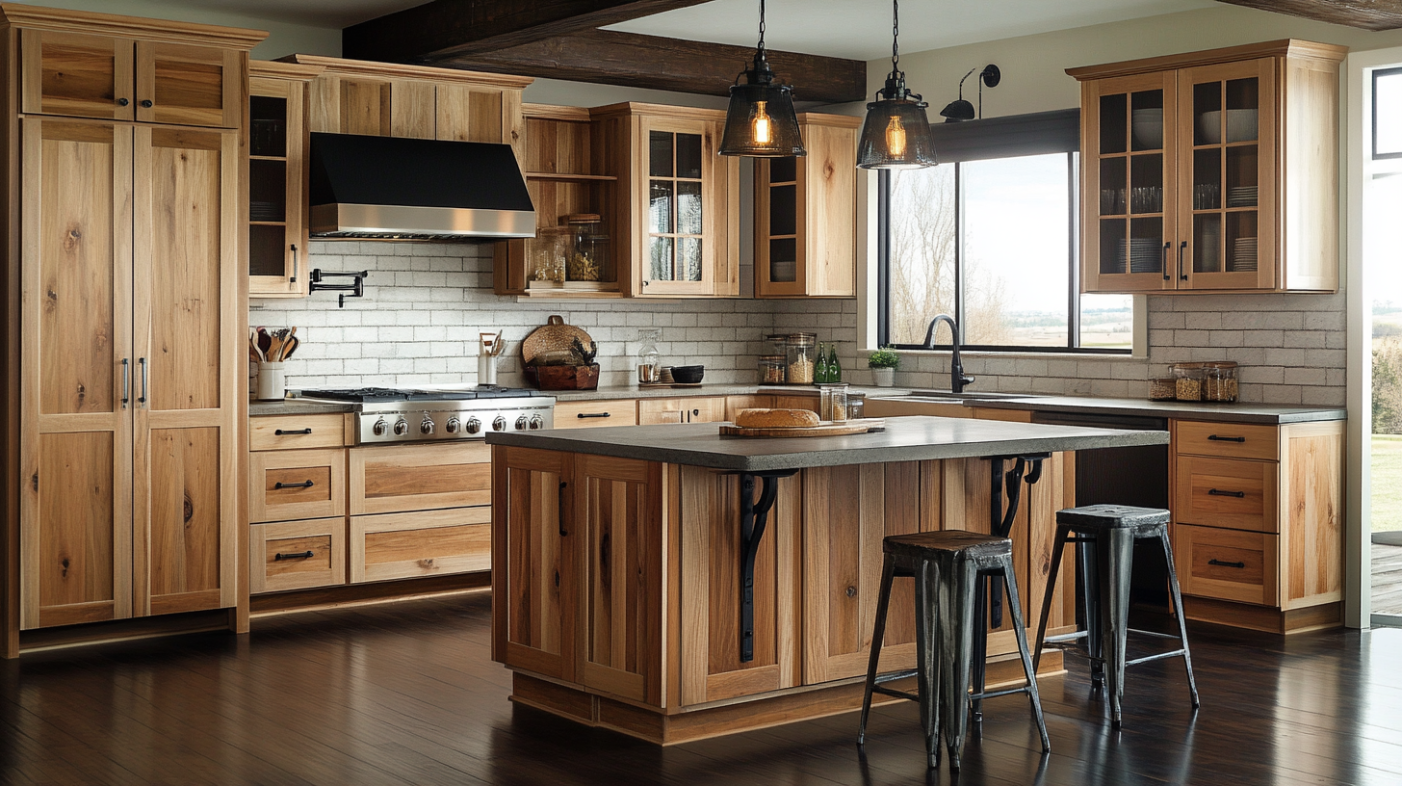
How Do Pine Grades Impact Your Cabinet Quality?
Not all pine is created equal. Pine grading affects both looks and longevity:
Clear Pine (C‑Select/FAS): Virtually knot‑free, minimal sap streaks, ideal for smooth, high‑end finishes. It absorbs stain evenly and resists minor dings.
#1 Common: Small, tight knots under 1¼”. Offers gentle character without too much variation. Slight grain shifts can show through light stains.
#2 Common & Below: Knots up to 1½” or more, with occasional checks or sap pockets. Perfect for rustic or farmhouse themes—but expect irregularities in color and texture.
Inspect sample boards in person. Look for consistent color and tight grain when you plan to stain. Embrace character pieces if you want knots to tell a story.
Choosing the right pine grade ensures the finish, durability, and appearance you expect—especially when staining.
Believing that “pine is pine” and skipping grade inspection often results in mismatched color, uneven stain uptake, and unexpected defects.
How Does Pine Compare to Other Wood Types for Cabinets?
| Feature | Pine Cabinets | Oak Cabinets | Maple Cabinets | Cherry Cabinets | Birch Cabinets |
|---|---|---|---|---|---|
| Janka Hardness | 600 (softwood, dents easily) | 1,290 (very hard) | 1,450 (extremely hard) | 950 (moderately hard) | 1,260 (hard and stable) |
| Cost per Linear Foot | $80–$200 (most affordable) | $200–$400 | $250–$450 | $300–$600 | $180–$350 |
| Grain & Appearance | Pronounced knots & rustic grain | Prominent rays & coarse grain | Tight, uniform grain | Rich reddish tone, smooth grain | Subtle grain, light color |
| Durability & Wear | Prone to dents/scratches | Highly durable & wear-resistant | Very durable, resists wear | Good durability, darkens over time | Durable with moderate wear |
| Best Styles & Uses | Farmhouse, cottage, budget builds | Traditional, craftsman, rustic | Contemporary, shaker, modern | Formal, warm traditional, luxury | Transitional, modern farmhouse |
Read more articles about other wooden kitchen cabinets:
hickory kitchen cabinets
What Are the Pros and Cons of Pine Cabinets?
Drawing directly from PakitchenCabinets’ analysis, here’s what you gain—and what you trade off—when choosing pine cabinets.
Pros of Pine Cabinets
Affordability & Value: Pine cabinets typically cost 30–50% less than hardwood options. You get real wood at a fraction of the price, making them perfect for budget‑minded remodels.
Easy Customization: Pine machines cleanly for routing intricate door profiles or decorative corbels. You can CNC‑carve, distress, or add beadboard inlays without splintering.
Warm Aesthetic & Patina: Over time, pine develops a golden patina that enriches its character. Knots and grain patterns lend each cabinet a unique, lived‑in beauty.
Lightweight & DIY‑Friendly: At around 23 lbs/ft³, pine is easier to handle than oak (44 lbs/ft³). That lightness makes it a favorite for DIY installations and refinishing projects.
Cons of Pine Cabinets
Softness & Dent Susceptibility: Pine ranks around 600 on the Janka hardness scale—roughly half as hard as red oak. Heavy pots, moving furniture, or sharp impacts can leave visible dents.
Knot Instability: Large knots may eventually loosen or bleed resin if not sealed correctly, leading to discoloration or pull‑outs.
Finish Variability: Pine’s open grain absorbs stains unevenly, producing blotchy effects unless you use gel stains or grain‑filling primers.
To maximize pros and minimize cons, prime knots with shellac‑based sealer, use gel-based stains, and apply a durable waterborne polyurethane topcoat.
How to Style Pine Cabinets in Modern Kitchens?
Think pine is only for country kitchens? Think again. Try these styles:
Scandinavian Minimalism
Use clear‑grade pine with slim, matte‑black handles, crisp white quartz counters, and minimalist hardware. The light wood balances stark tones.
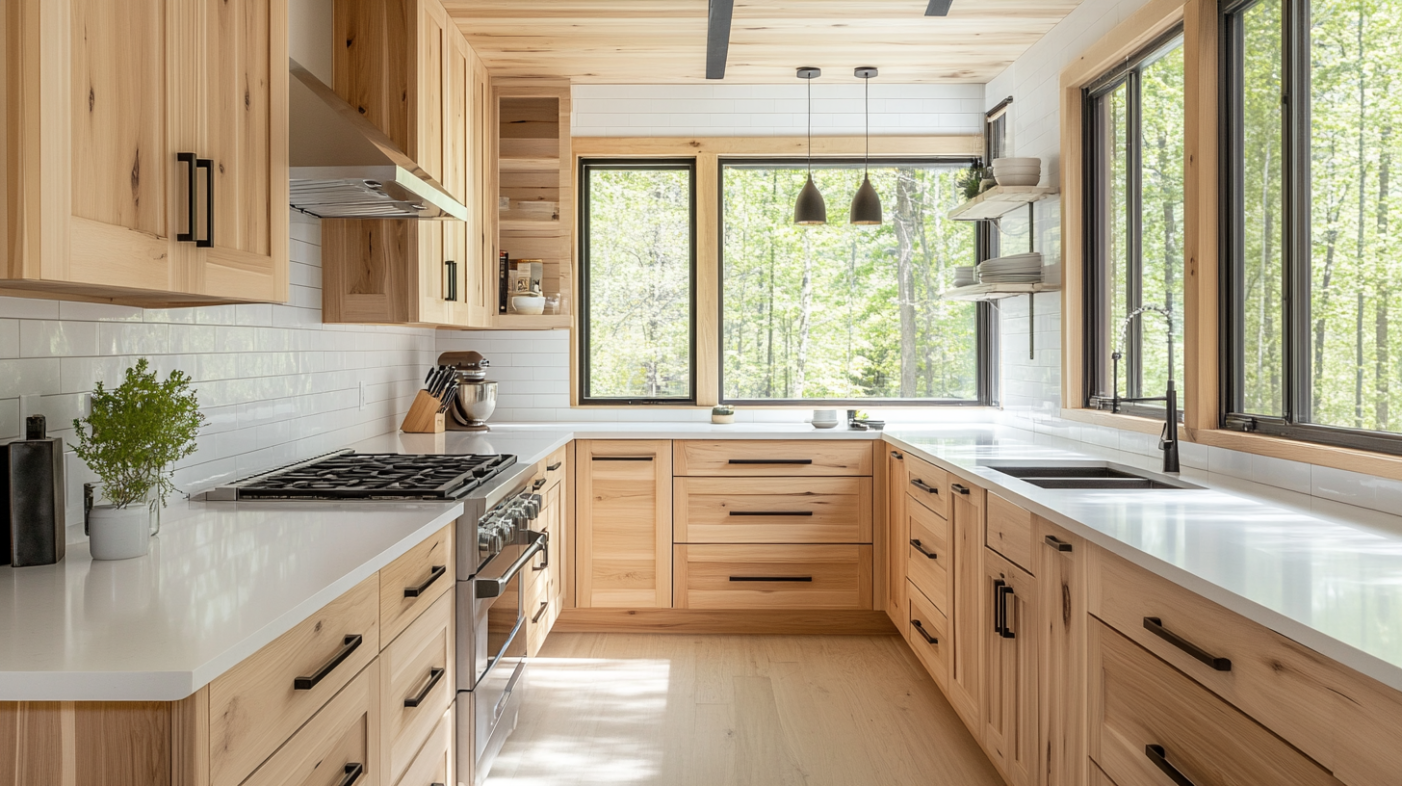
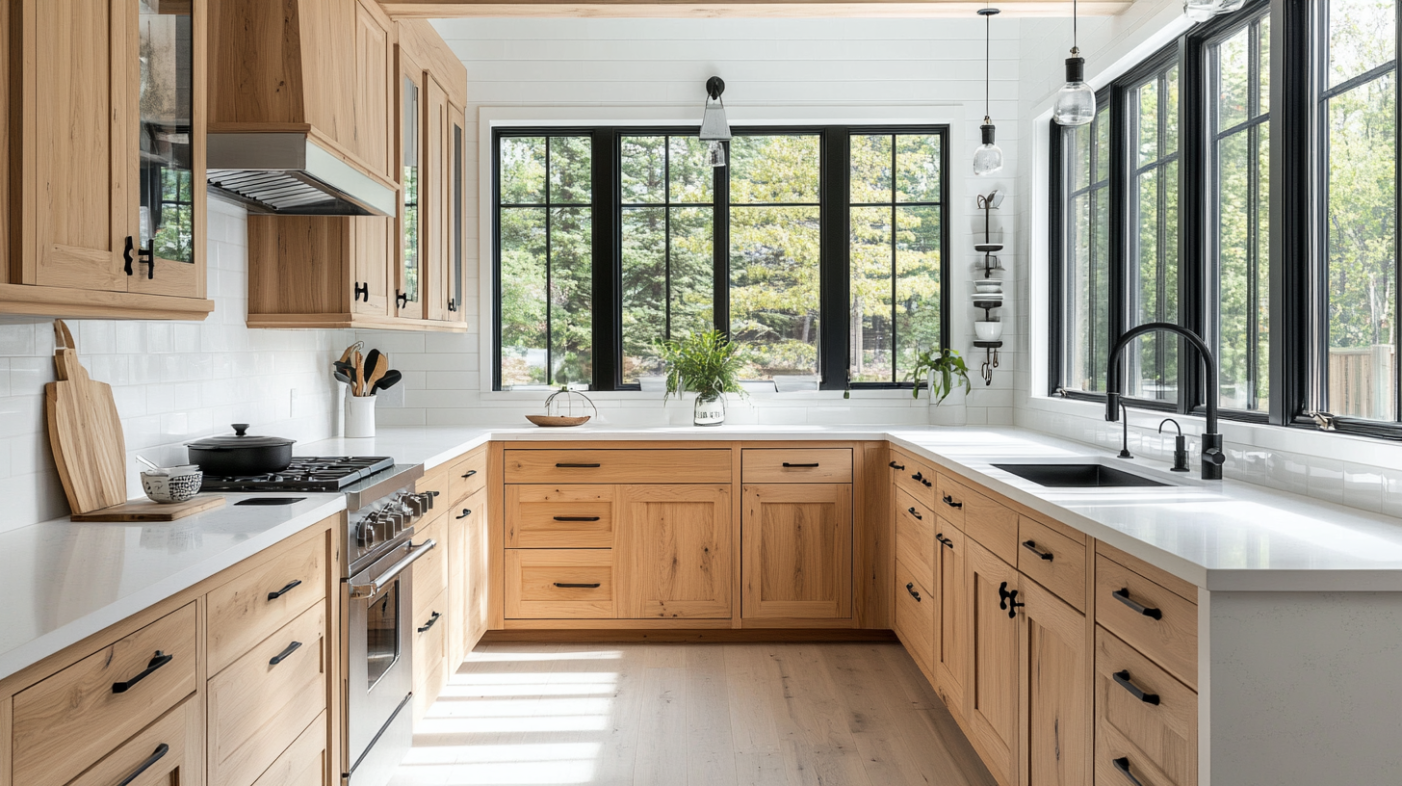
Industrial Fusion
Pair knotty pine with aged steel frames, concrete countertops, and Edison‑style pendant lights. The soft grain warms raw metal textures.
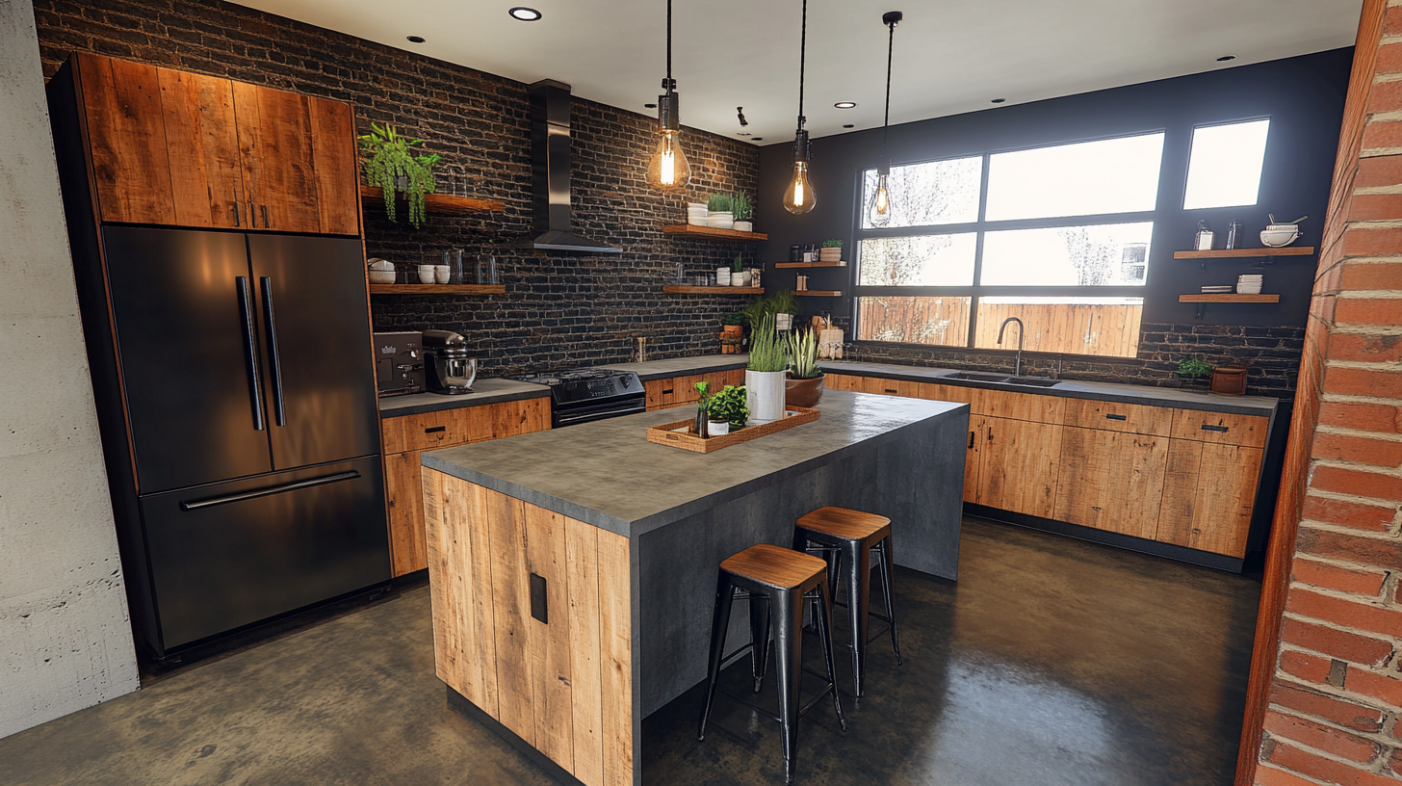
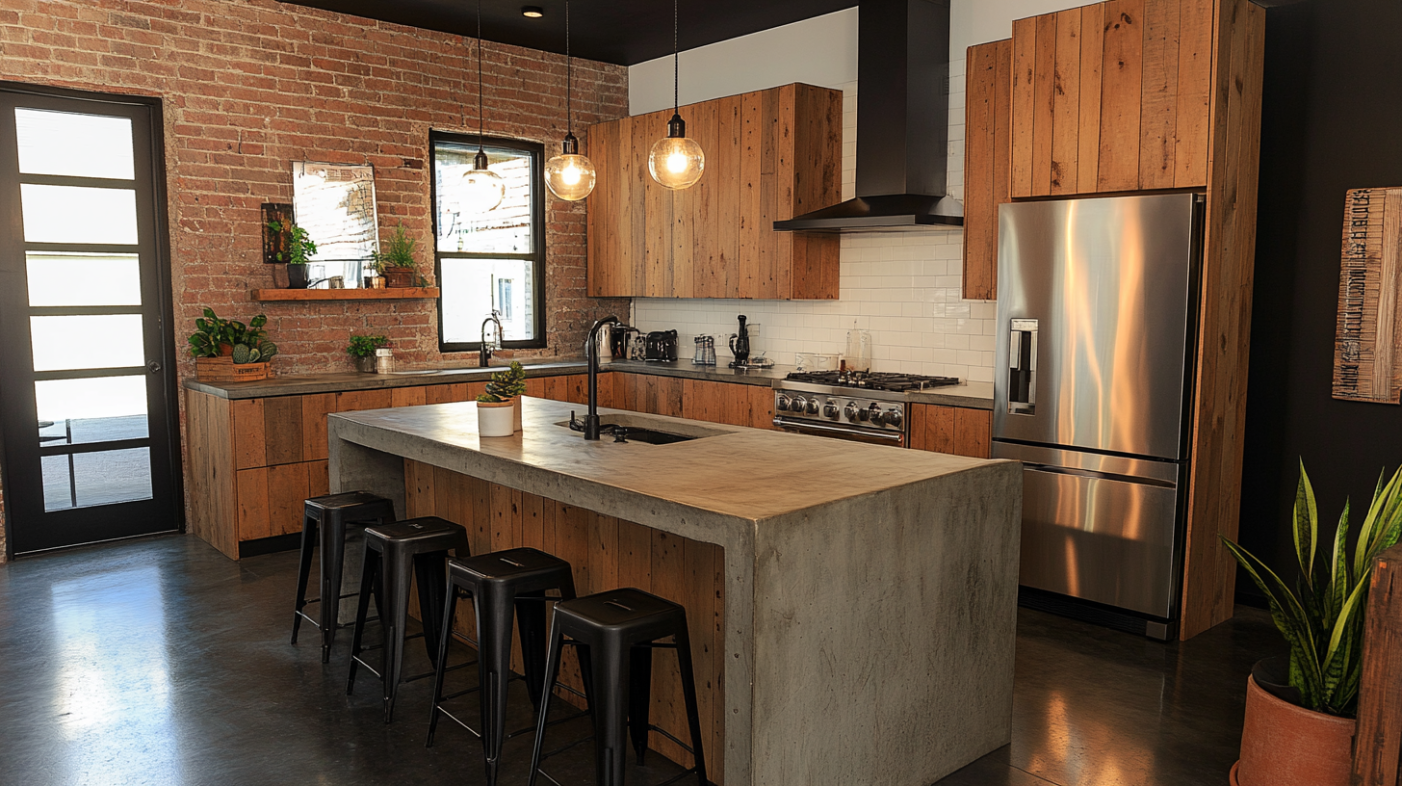
Coastal Retreat
Paint pine shaker doors in sea‑foam green. Add whitewashed open shelves, rope‑knob pulls, and pastel tile backsplashes for a breezy vibe.
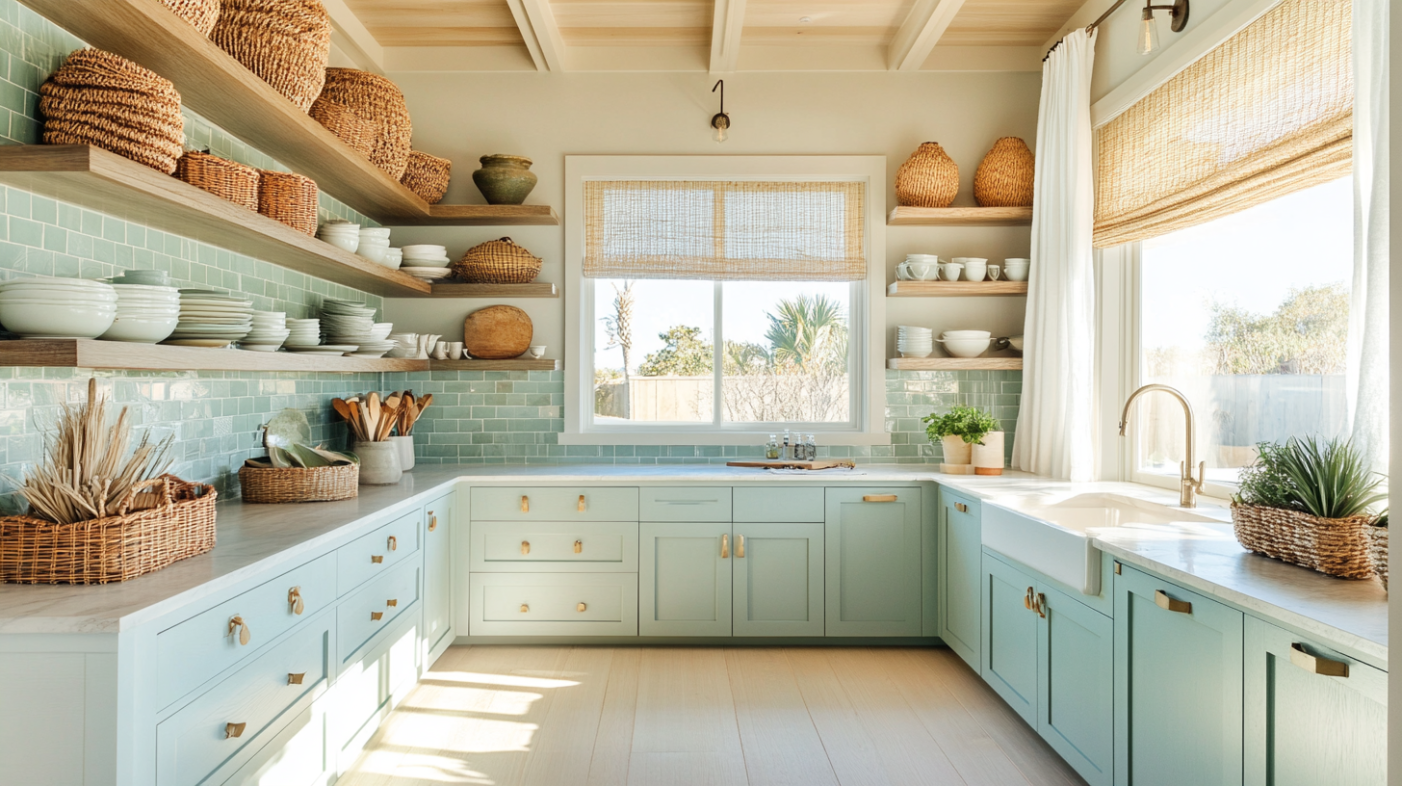
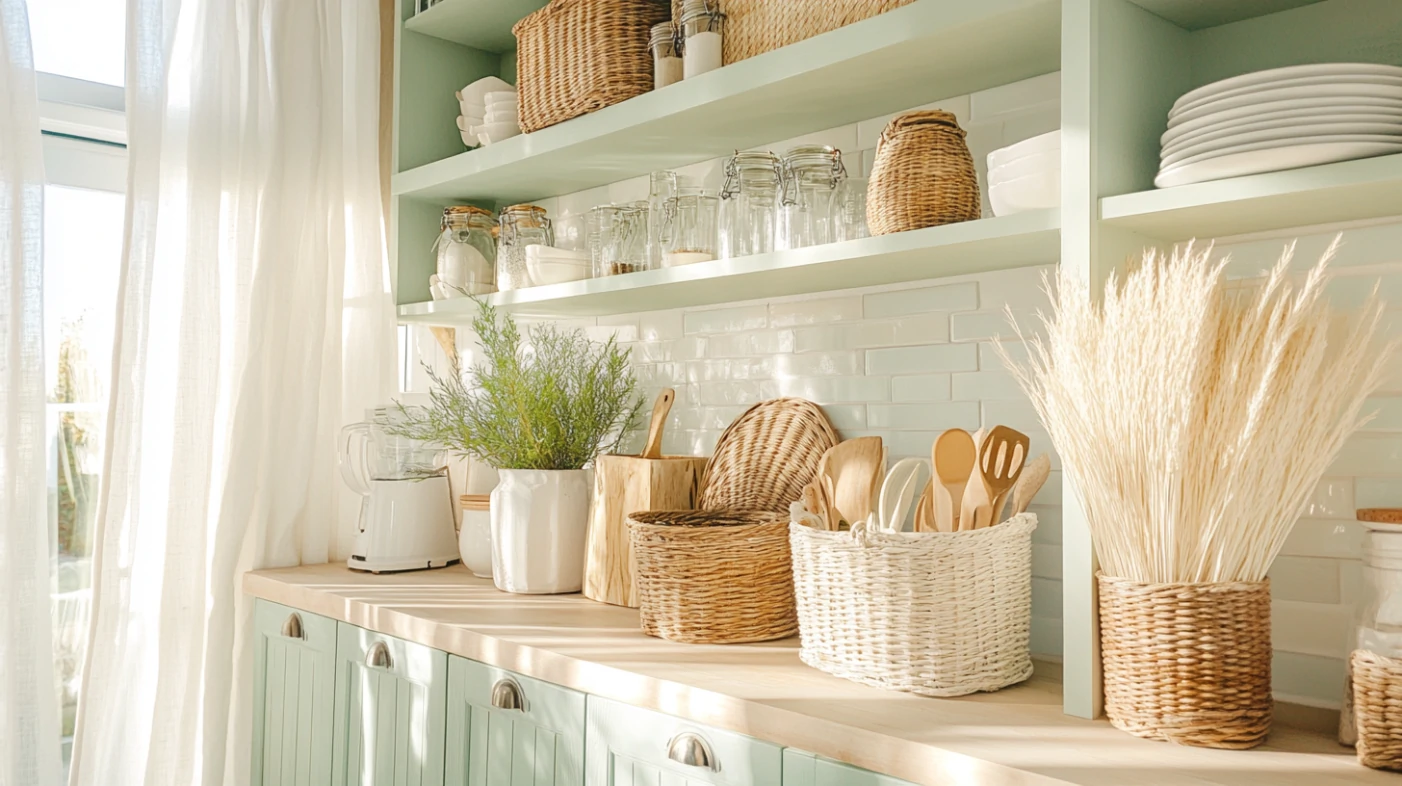
Treat pine cabinets like a canvas. Change your cabinet color seasonally or layer open‑shelf decor for fresh looks.
What Are Your Installation and Customization Options?
From off‑the‑shelf to dream‑built, pine cabinets offer flexibility:
Stock Cabinets
Pre‑built sizes, ready for same‑week install.
Basic finishes; limited style options.
Ideal if budget and timeline are tight.
Semi‑Custom Cabinets
Choose door styles, finishes, and widths in 3″ increments.
Moderate lead times (4–6 weeks).
Perfect balance of customization and cost.
Fully Custom Cabinets
Tailored to every nook and cranny.
Unlimited style, finish, and hardware choices.
Longer lead times (8–12+ weeks) and premium pricing.
According to BHG, stock cabinets cost the least, while custom offers endless design but at a premium .
A regular, gentle cleaning and conditioning schedule prevents damage and keeps pine’s grain rich and protected.
Using harsh chemicals or soaking cabinets in water thinking “wood is tough” often strips sealers and warps the panels.
Conclusion
By inspecting real samples, requesting transparent quotes, and planning for proper acclimation and installation, you’ll avoid costly surprises and ensure your pine cabinets stand the test of time.Find reliable cabinet manufacturers today to prepare for your kitchen build, remodel, or upcoming project!
FAQs
Dust weekly, clean with a mild vinegar solution, buff dry, and apply furniture wax or oil monthly to protect the finish.
Taupe cabinets offer a balanced combination of warm and cool undertones, making them more versatile than pure gray or beige. While gray can feel cooler and more modern, taupe brings warmth and depth, making it ideal for both contemporary and traditional kitchens.
Yes—seal knots first with a shellac‑based primer, then coat with water‑based acrylic enamel for a smooth, lasting finish.
